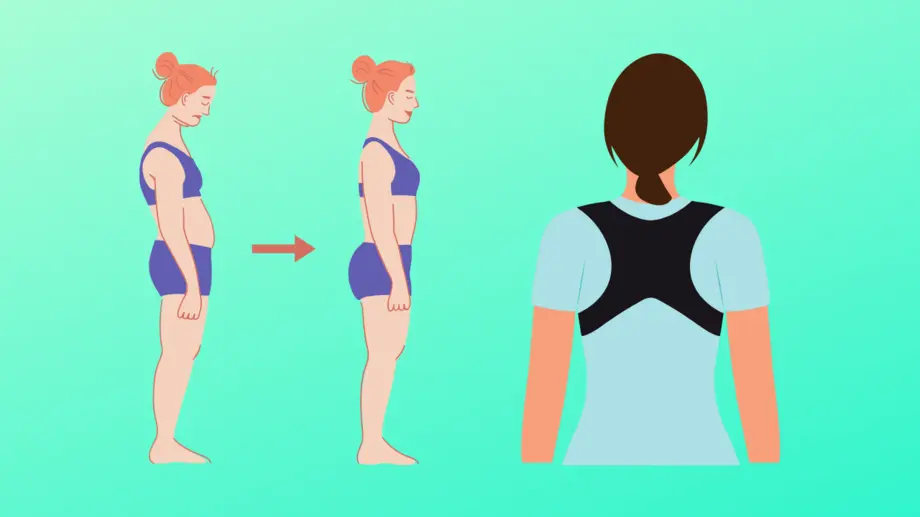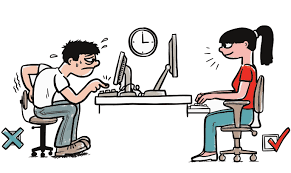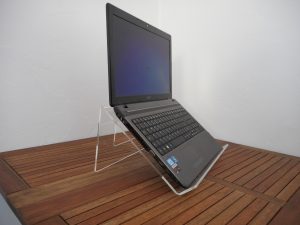Introduction: Main Postural Vices
Do you know the best posture for working? Do you know the best posture for studying? Do you know the best posture for sleeping? In this article we’ll show you how to overcome the main postural vices with simple and valuable tips to improve your posture and quality of life.
Postural vices at work
It’s very common to see serious posture errors at work, especially for those who use a computer or notebook to work.
The best working posture
Basically, to improve your posture at work, you should have all your work tools close to you, if you’re going to use the computer, it should be in a position that leaves your spine upright, the keyboard should be close to your body and in a position where you don’t have to keep your arms raised or hanging down, your arms should rest on the table or the arms of the chair and your feet should always rest on the floor.
Avoid using notebooks or laptops at work
Notebooks and laptops have a low screen and a small keyboard, which makes you tilt your head down to look at the screen and leaves you with no support for typing. If you only have a notebook or laptop at work, use a notebook stand called an “UpTable”, which raises the screen of the notebook or laptop and allows for a better, more upright posture of the spine.
The best posture for studying
The same guidelines that apply to those who work apply to those who study.
Don’t study lying down; to study sitting down, keep your back straight and your arms resting on the table. When using the computer to study, keep your back straight, the computer screen at head height, your arms resting on the table or chair arms and your feet flat on the floor.
There’s no mystery to maintaining good posture when studying. Follow these tips and study hard.
What is the best computer desk?
The best computer desk is one that allows the monitor to be at head height and the keyboard to be in a position close to the body where the arms don’t need to be raised or suspended.
Main Postural Vices: Best Sleeping Posture
The best sleeping posture is on your side or in the lateral decubitus position, but don’t let one knee rest on top of the other. Ideally, you should put a pillow between your legs to allow good blood circulation.
Another acceptable sleeping posture is on your stomach or in the supine position, but you should use a low pillow that only supports your head in an upright spinal position. A pillow that is too high will tilt your head too far up your body and, consequently, your spine will be misaligned.
DON’T sleep on your stomach or in the prone position! To sleep on your stomach, you need to turn your head to the side and, consequently, twist your spine and get into a bad posture.
What is the best mattress to sleep on?
Your mattress should have characteristics that allow you to stand up straight, i.e. it should be neither too soft nor too hard. Rotate your mattress, changing sides at least once a month. This helps the mattress to have a longer lifespan and a better posture for longer.
What is the best pillow to sleep on?
Just like the mattress, the best pillow is the one that keeps your spine in an aligned, straight position. Pillows also have a lifespan, so as soon as they are no longer doing their job of keeping your spine upright, it’s time to replace them.
PHYSICAL EDUCATION TIPS: Lie on your side in bed and ask someone else to check that your spine is aligned and straight. If your spine is aligned, your mattress is fine. If your spine is crooked, it’s time to change your mattress.
Bonus: Postural Deviations video
Check out this great video from Canal TV Pro-Rim – Canal Web.
More Content
- 12 exercises to lose weight: simple and foolproof
- How to exercise at home: 7 exercises for beginners
- Repetitive Strain Injury



